Cats have long been cherished companions to humans, known for their mysterious and independent nature. But recently, there’s been a growing interest in understanding their emotional intelligence. Emotional intelligence in cats refers to their ability to perceive, understand, and respond to emotions, both their own and those of humans. This newfound attention shines a light on the depth of feline feelings and their impact on human-feline relationships. As cat enthusiasts explore this intriguing aspect, they uncover new dimensions of connection with their furry friends.
The Rise of Emotional Intelligence in Animals
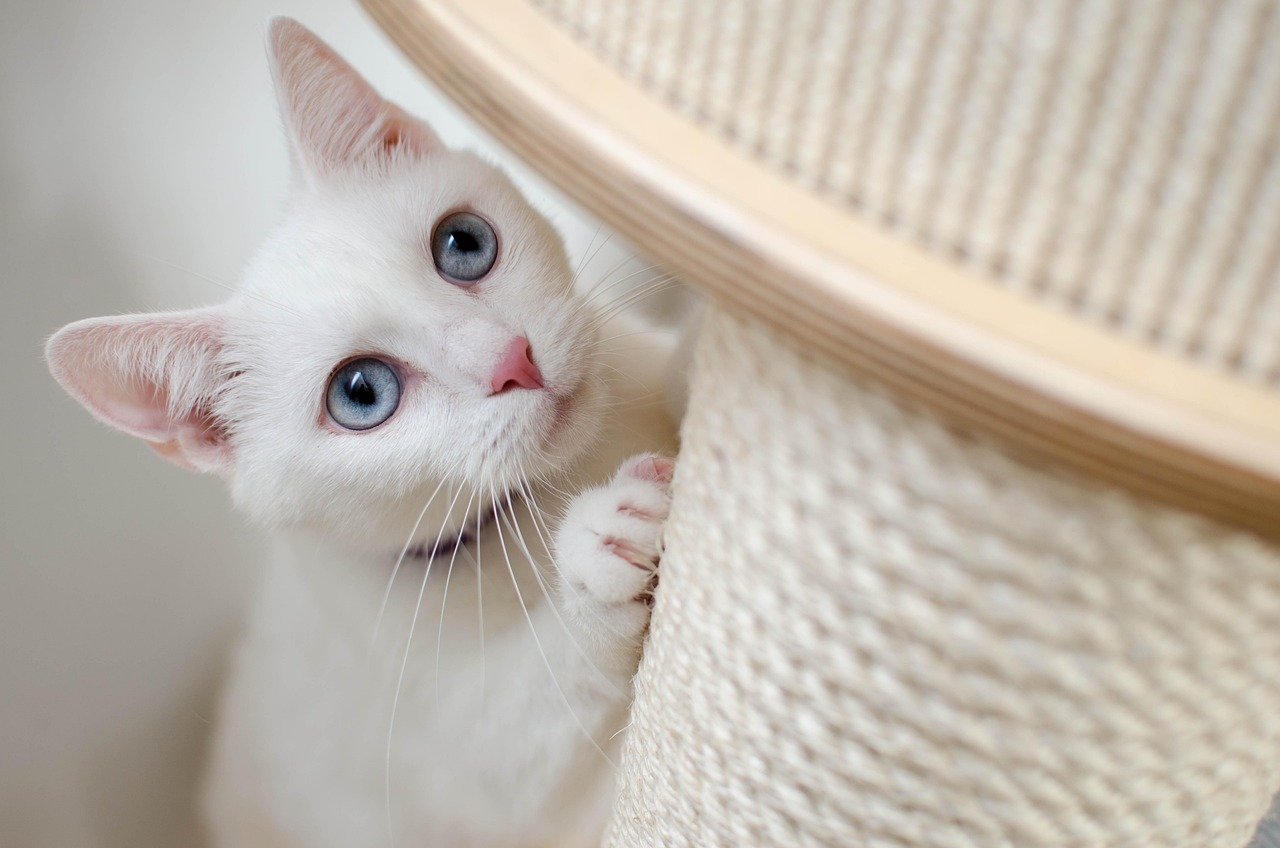
The concept of emotional intelligence isn’t new, but its application to animals is gaining traction. Traditionally, emotional intelligence was a term reserved for humans, emphasizing the importance of self-awareness and empathy. However, recent studies have shown that animals, including cats, exhibit these traits too. This shift in perspective has led researchers and pet owners alike to observe and appreciate the emotional lives of their feline companions. As people increasingly acknowledge animals as sentient beings, the emotional intelligence of cats is finally receiving the attention it deserves.
Understanding Feline Emotions
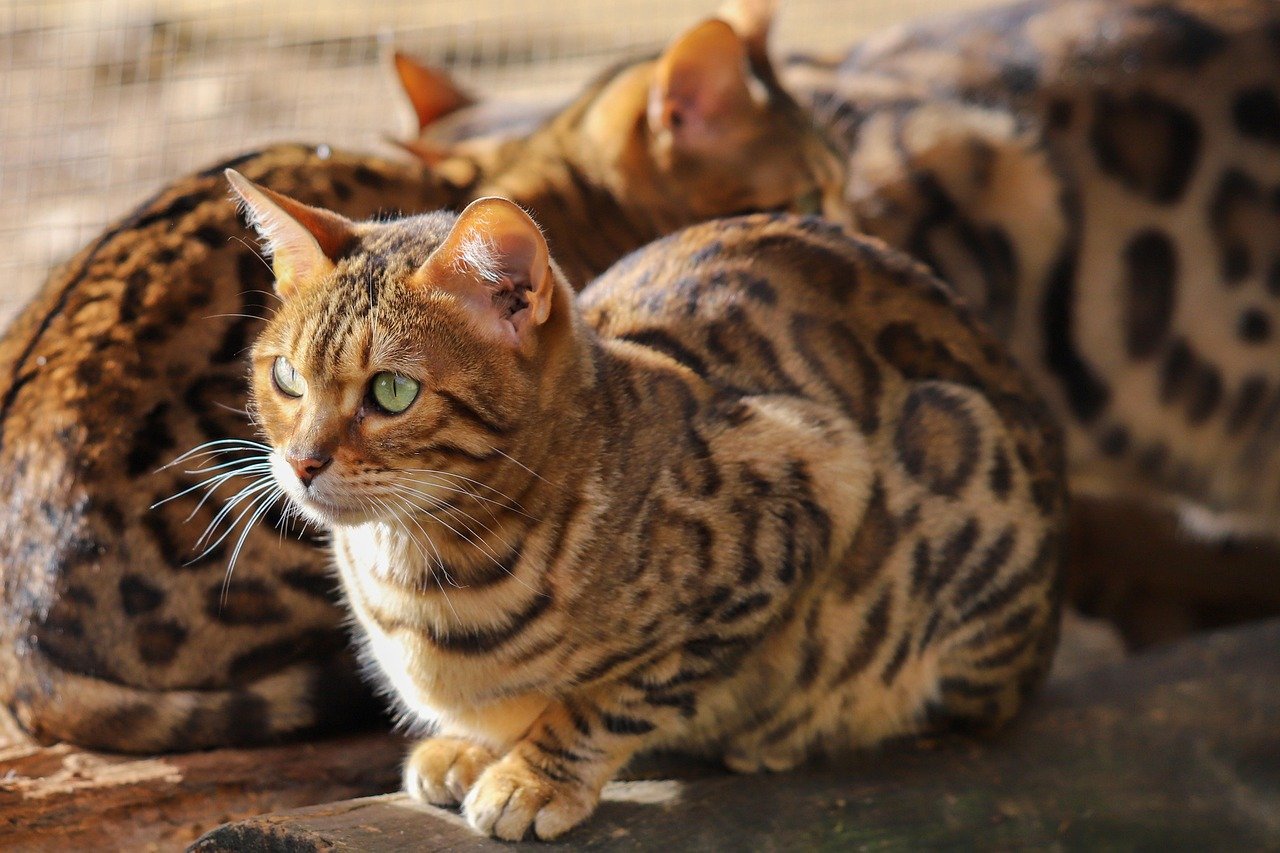
Cats, much like humans, experience a wide range of emotions. From joy when playing with a favorite toy to sadness when left alone for extended periods, cats communicate their feelings through body language, vocalizations, and behavior. This understanding allows owners to cater to their pet’s emotional needs better. Recognizing when a cat is anxious or content can significantly enhance the bond between pet and owner. By paying attention to these signs, cat enthusiasts can ensure their furry friends lead happier, more fulfilled lives.
The Role of Body Language
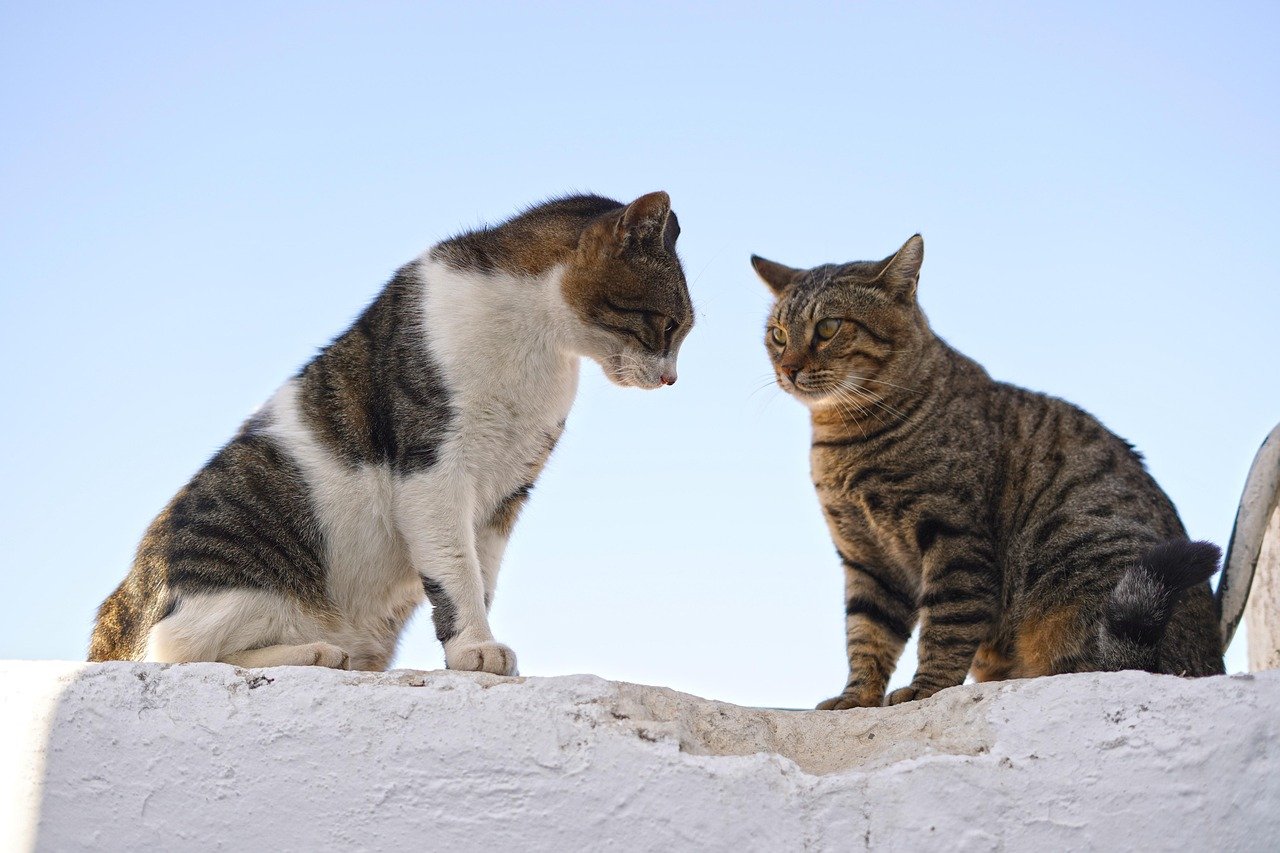
Cats are masters of non-verbal communication, using their bodies to express emotions. A cat’s tail, for example, can be a tell-tale sign of its feelings. An upright tail often signals happiness or curiosity, while a puffed-up tail might indicate fear or aggression. Similarly, a cat’s eyes and ears provide insight into its emotional state. Dilated pupils can signal excitement or fear, while flattened ears might suggest irritation or discomfort. Understanding these cues allows owners to respond appropriately to their pet’s needs, fostering a deeper connection.
Vocalizations and Their Meanings
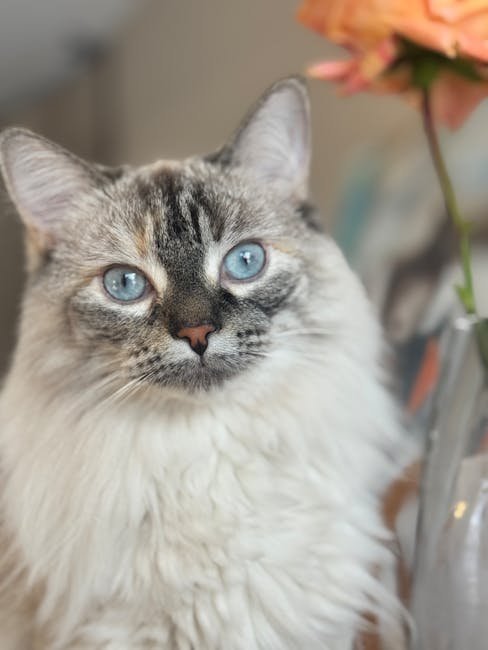
While cats are not as vocal as dogs, they do communicate through a variety of sounds. Each vocalization can convey a different message, from a soft purr expressing contentment to a loud hiss signaling distress or displeasure. Meows can vary in pitch and length, each with its unique meaning. Understanding these vocalizations can be likened to learning a new language, one that opens up a new world of communication between cats and their owners. By listening closely, cat owners can better interpret and respond to their feline’s emotional needs.
The Impact of Environment on Cat Emotions
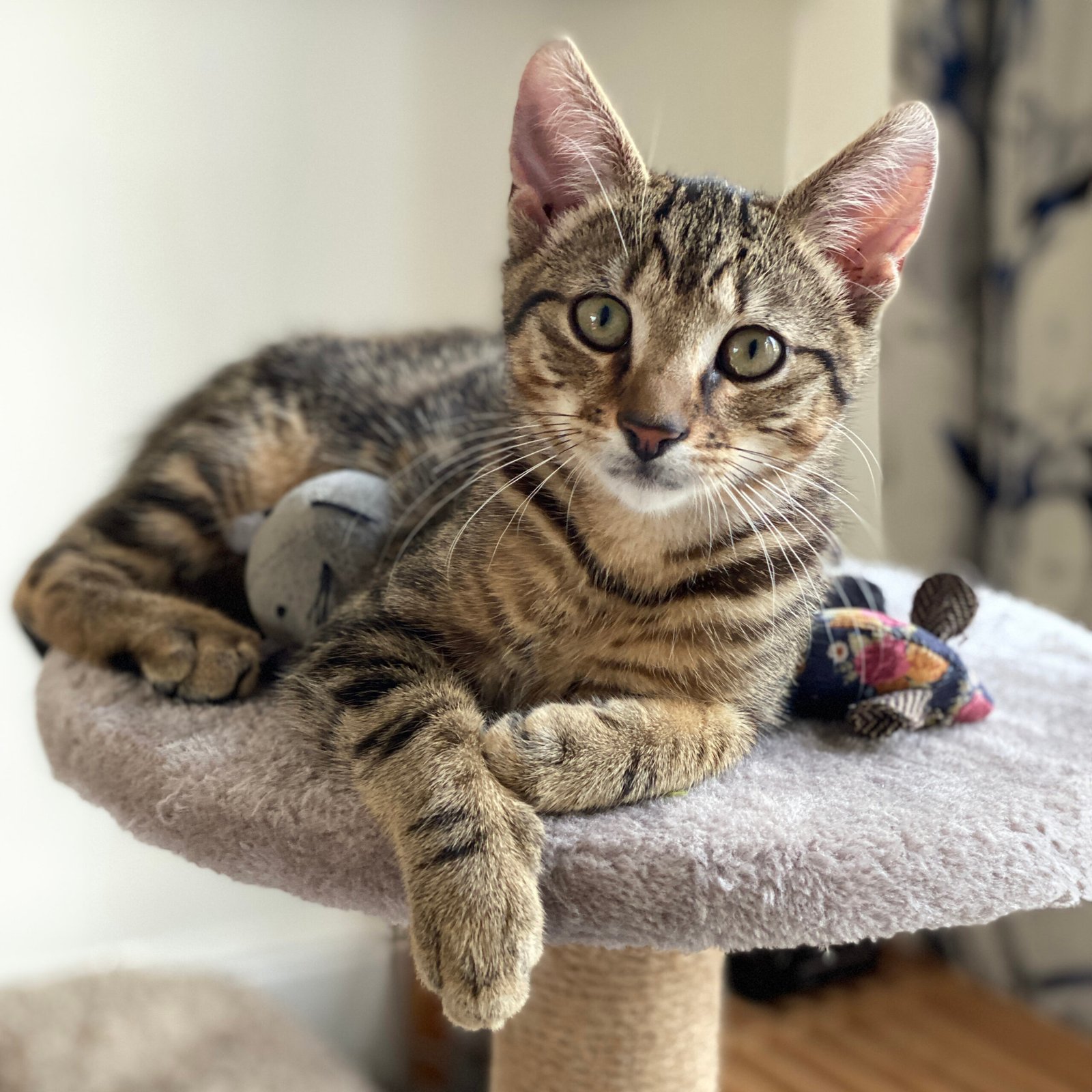
A cat’s environment plays a crucial role in its emotional well-being. Cats are sensitive creatures that can be easily affected by changes in their surroundings. A stable, enriched environment can promote positive emotions, while a chaotic or unstimulating one might lead to stress or depression. Providing a safe, engaging space with plenty of opportunities for play and exploration can significantly enhance a cat’s emotional health. Ensuring environmental stability is just as important as meeting their physical needs.
The Human-Cat Emotional Connection
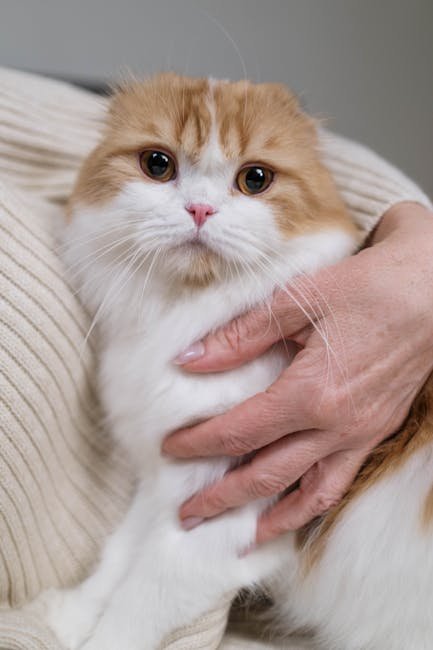
The bond between humans and cats is unique and complex, often characterized by mutual affection and understanding. Cats, with their keen sense of emotional intelligence, can pick up on their owner’s moods, offering comfort or companionship when needed. This emotional sensitivity allows cats to become empathetic companions, responding to their owner’s emotions with surprising accuracy. By nurturing this connection, both humans and cats benefit from a relationship built on trust and mutual respect.
Emotional Intelligence and Cat Behavior
A cat’s behavior is often a reflection of its emotional state, with certain actions indicating specific feelings. For instance, kneading, a common cat behavior, is often associated with contentment and security. Conversely, aggressive behavior might be a sign of fear or discomfort. By understanding these behavioral cues, owners can better address their pet’s emotional needs, ensuring a healthier and happier life for their feline friend. Observing and interpreting behavior is an essential aspect of nurturing a cat’s emotional intelligence.
Training Cats with Emotional Intelligence
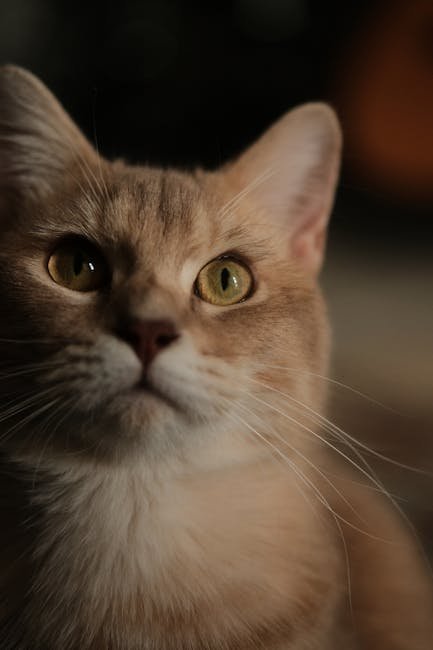
Training a cat using emotional intelligence involves understanding its emotions and using them to guide behavior. Positive reinforcement, such as rewarding desired behaviors, can be more effective than punishment, which might lead to fear or anxiety. Recognizing when a cat is in the right emotional state to learn new behaviors can make training sessions more productive and enjoyable for both owner and pet. By incorporating emotional intelligence into training, owners can cultivate a more harmonious relationship with their cats.
The Science Behind Feline Emotional Intelligence
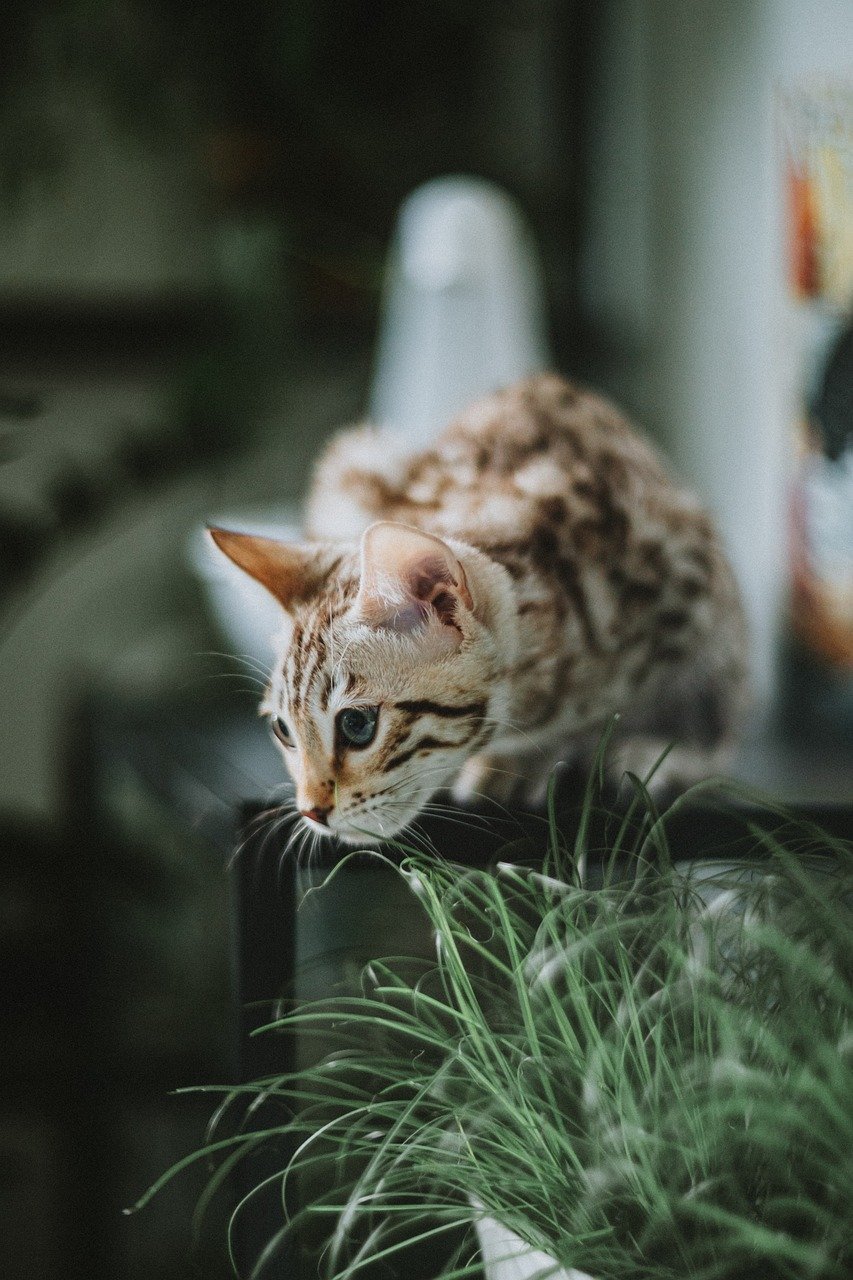
Recent studies in animal behavior and psychology have begun to explore the science behind feline emotional intelligence. Research has shown that cats possess areas in their brains responsible for processing emotions, similar to those in humans. This scientific validation supports the notion that cats are emotionally complex creatures capable of forming deep emotional bonds. As science continues to uncover the intricacies of feline emotions, our understanding of these fascinating animals continues to evolve.
Emotional Intelligence in Different Cat Breeds
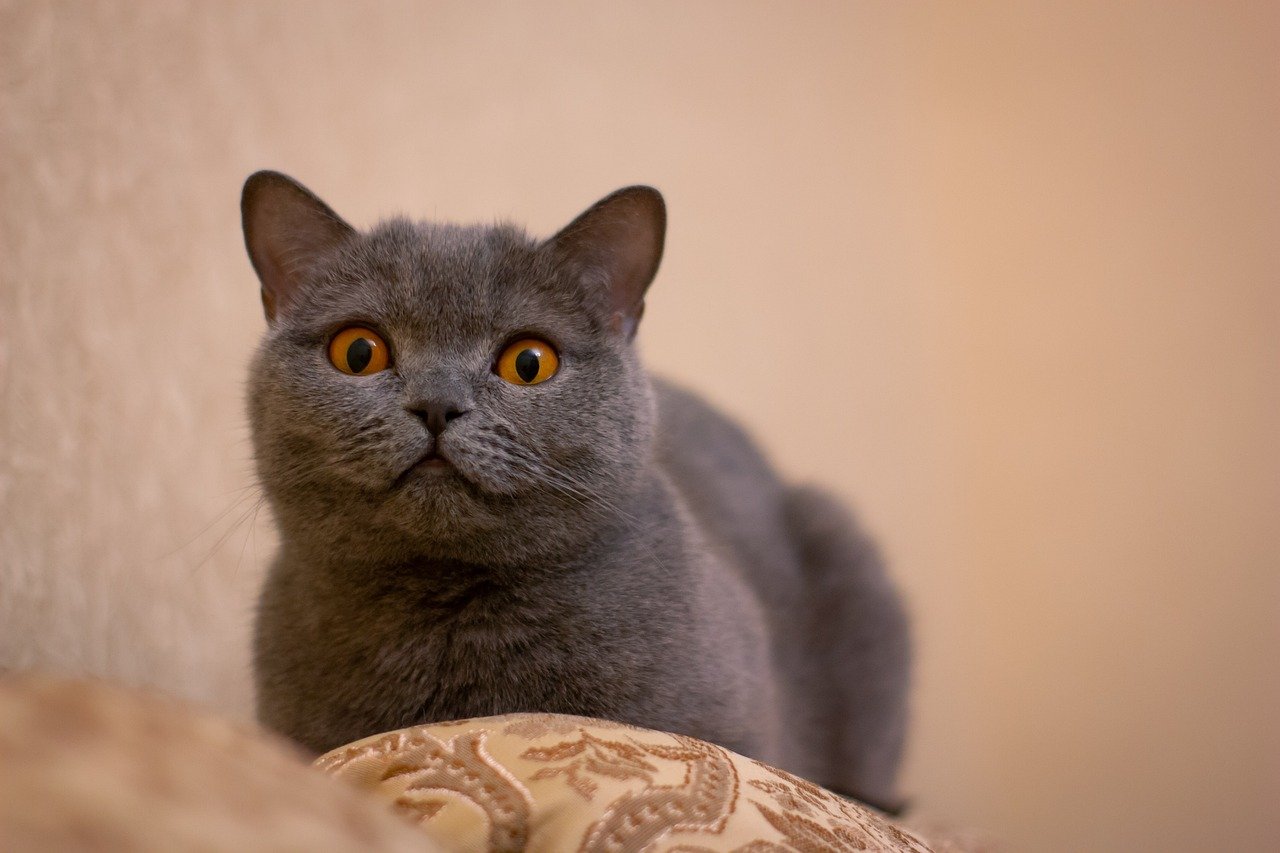
Just as humans have varying levels of emotional intelligence, so too do different cat breeds. Some breeds, like the affectionate Ragdoll or the sociable Siamese, are known for their emotional sensitivity and ability to connect with humans. Others might be more independent or reserved. Understanding the emotional tendencies of different breeds can help potential cat owners choose a pet that aligns with their lifestyle and emotional needs. Embracing the diversity of feline emotional intelligence enriches the human-cat relationship.
The Role of Nutrition in Emotional Well-being
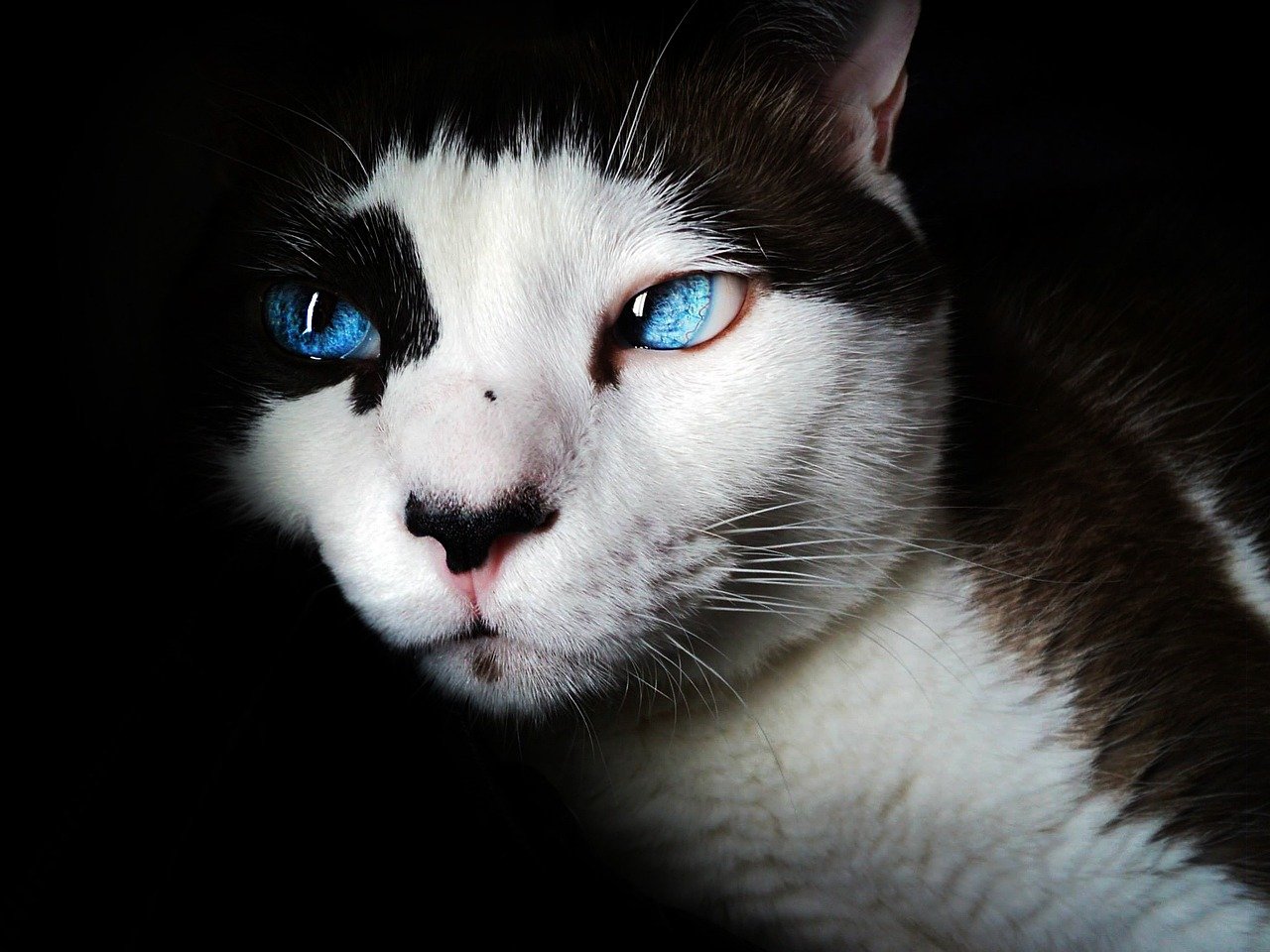
A cat’s diet can significantly impact its emotional health. Just as humans feel better when they eat a balanced diet, cats benefit from high-quality nutrition that supports their overall well-being. Certain nutrients, like omega-3 fatty acids, can promote brain health and emotional stability. Providing a balanced diet tailored to a cat’s specific needs can help prevent mood swings and contribute to a more stable emotional state. Nutrition is a vital component of nurturing a cat’s emotional intelligence.
The Influence of Early Socialization
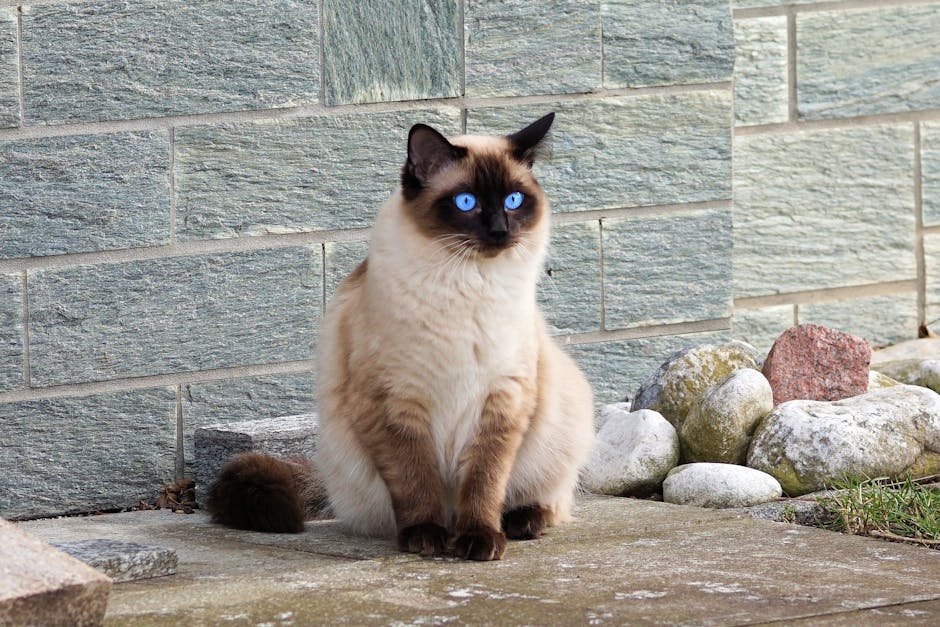
Early socialization plays a crucial role in shaping a cat’s emotional intelligence. Kittens exposed to various stimuli and experiences during their formative weeks are more likely to develop into well-adjusted, emotionally intelligent adults. Positive interactions with humans and other animals can foster empathy and reduce fearfulness. By prioritizing socialization during a cat’s early life, owners can lay the foundation for a confident and emotionally balanced pet.
Stress and Its Impact on Cat Emotions
Stress is a significant factor that can affect a cat’s emotional well-being. Changes in routine, introduction of new pets, or even a trip to the vet can cause stress and anxiety. Recognizing the signs of stress, such as excessive grooming or hiding, allows owners to address the underlying causes and provide comfort. Reducing stress can improve a cat’s emotional health, fostering a more relaxed and contented companion. Managing stress is an essential aspect of supporting a cat’s emotional intelligence.
Playtime and Emotional Health
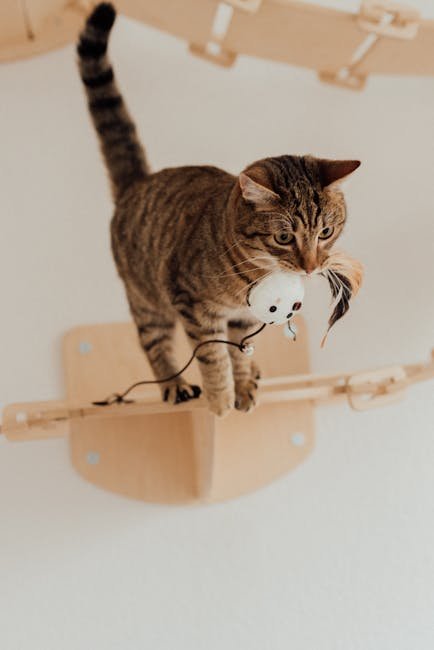
Play is not just a source of physical exercise for cats; it’s also vital for their emotional well-being. Engaging in play allows cats to express themselves, release pent-up energy, and experience joy. Interactive play with toys or other pets can strengthen the bond between cat and owner, providing emotional fulfillment. Regular playtime is a simple yet effective way to nurture a cat’s emotional intelligence, contributing to a happier, healthier pet.
The Importance of Routine
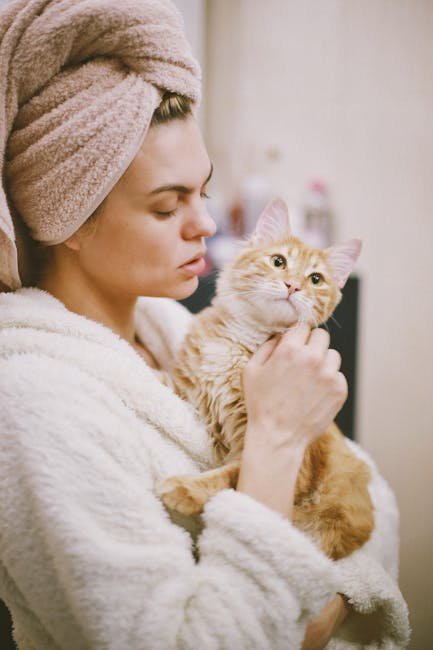
Cats thrive on routine, and maintaining a consistent schedule can positively impact their emotional health. Regular feeding times, play sessions, and grooming routines provide a sense of security and predictability. Disruptions to a cat’s routine can lead to stress and anxiety, affecting its emotional state. By prioritizing consistency, owners can create a stable environment that supports their cat’s emotional intelligence, ensuring a harmonious household.
Recognizing and Addressing Emotional Needs
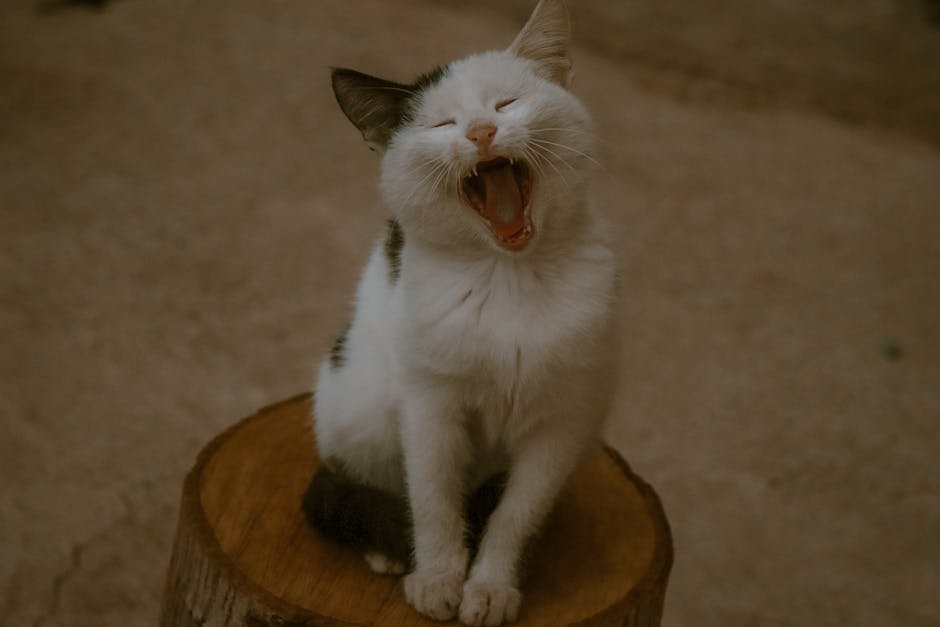
Every cat is unique, with its own set of emotional needs and preferences. Recognizing these individual differences is key to nurturing a cat’s emotional intelligence. Some cats may crave affection and companionship, while others prefer solitude. By observing and respecting their cat’s emotional cues, owners can tailor their interactions to meet their pet’s specific needs. Addressing emotional needs fosters a deeper connection and enhances the overall well-being of both cat and owner.
Technology and Emotional Intelligence in Cats
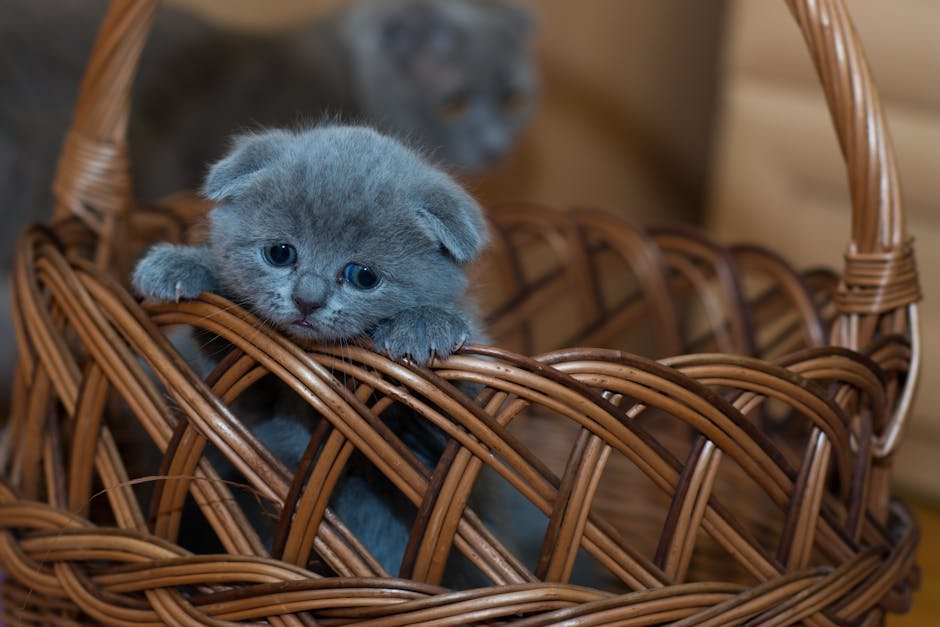
In the digital age, technology is playing an increasingly important role in understanding and supporting feline emotional intelligence. Apps and gadgets designed for pet monitoring and interaction provide insights into a cat’s emotional state. From interactive toys to pet cameras, technology offers new ways to engage with and care for cats. Embracing these innovations allows owners to better understand and meet their cat’s emotional needs, bridging the gap between humans and their furry companions.
The Future of Understanding Cat Emotions
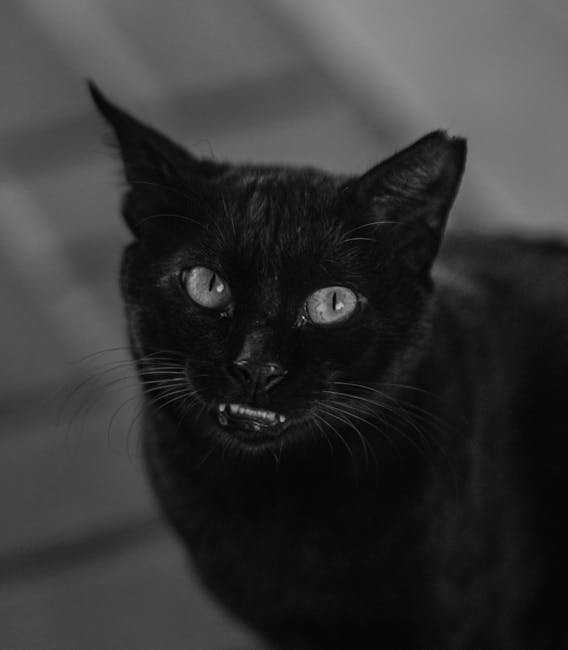
As interest in feline emotional intelligence continues to grow, the future holds exciting possibilities for understanding and nurturing cat emotions. Advancements in research and technology promise to deepen our comprehension of these complex creatures, leading to more fulfilling relationships between cats and their human counterparts. As we continue to explore the depths of feline emotions, the bond between humans and cats will undoubtedly strengthen, enriching the lives of both species.
Conclusion
The attention given to emotional intelligence in cats marks a significant shift in how we perceive and interact with these beloved animals. By recognizing and nurturing their emotional needs, we not only enhance their quality of life but also deepen the bonds that connect us. As we continue to learn about and appreciate the emotional complexity of cats, the future promises even greater understanding and companionship.
Hi, I’m Bola, a passionate writer and creative strategist with a knack for crafting compelling content that educates, inspires, and connects. Over the years, I’ve honed my skills across various writing fields, including content creation, copywriting, online course development, and video scriptwriting.
When I’m not at my desk, you’ll find me exploring new ideas, reading books, or brainstorming creative ways to solve challenges. I believe that words have the power to transform, and I’m here to help you leverage that power for success.
Thanks for stopping by, Keep coming to this website to checkout new articles form me. You’d always love it!






